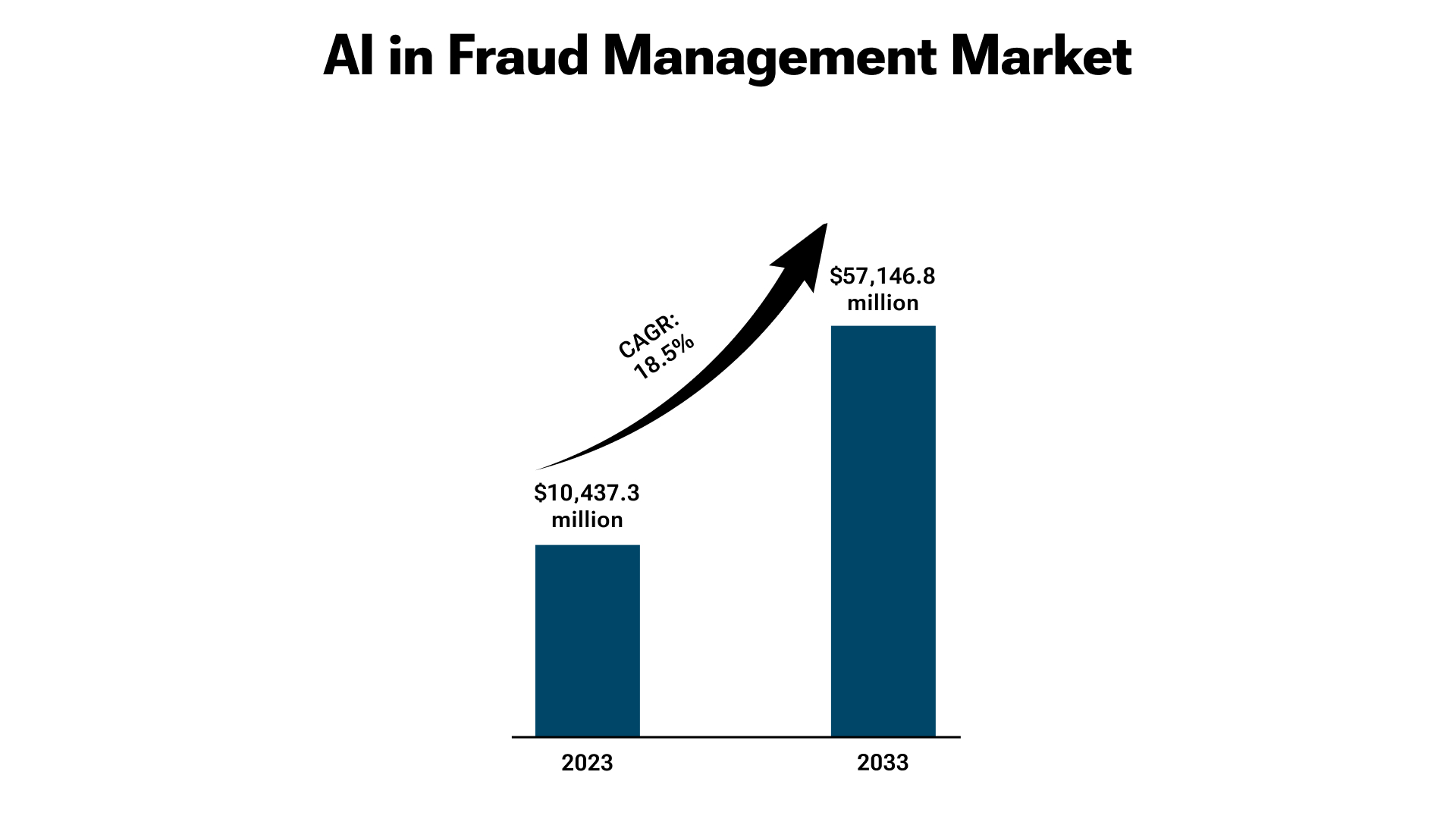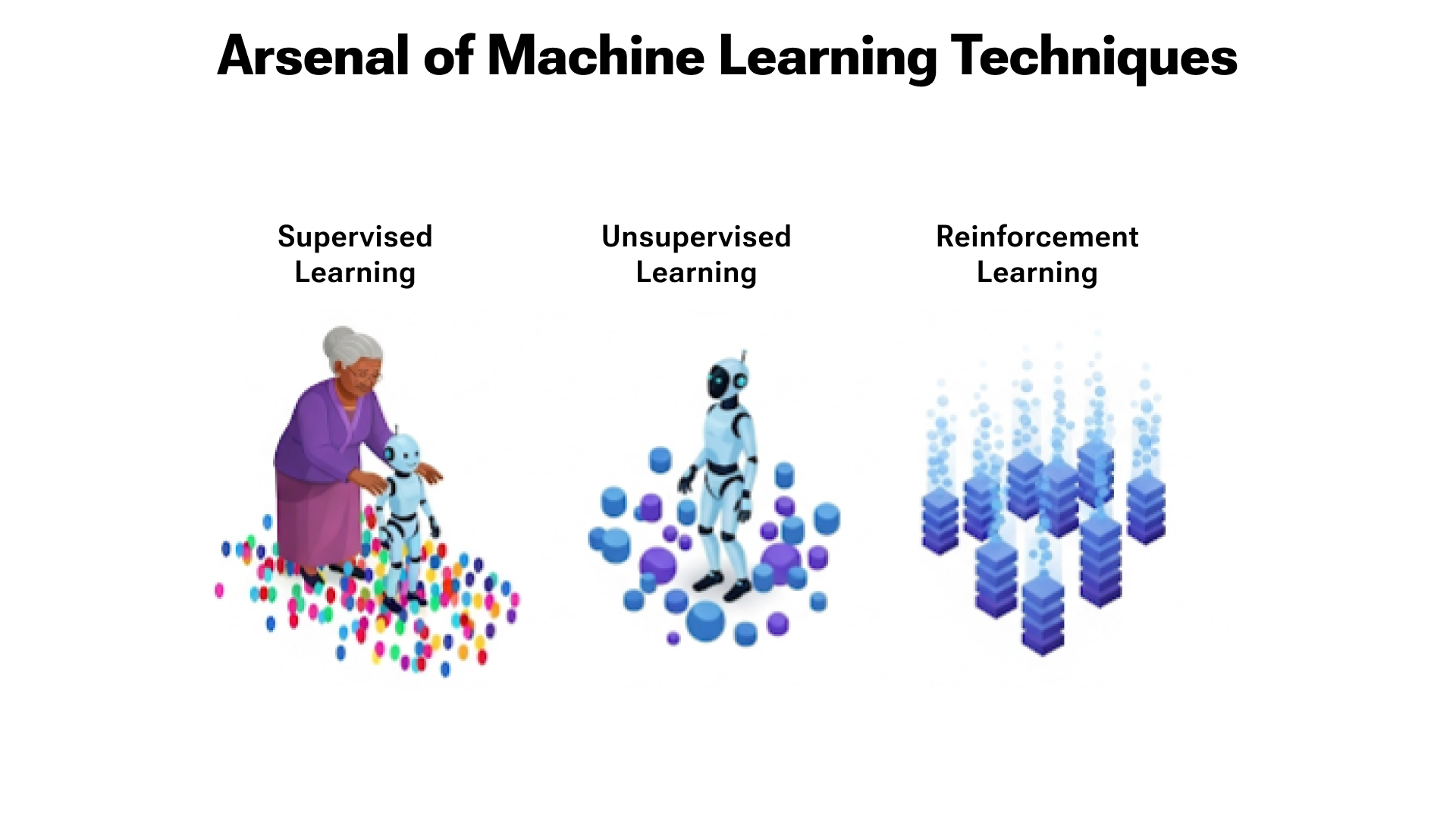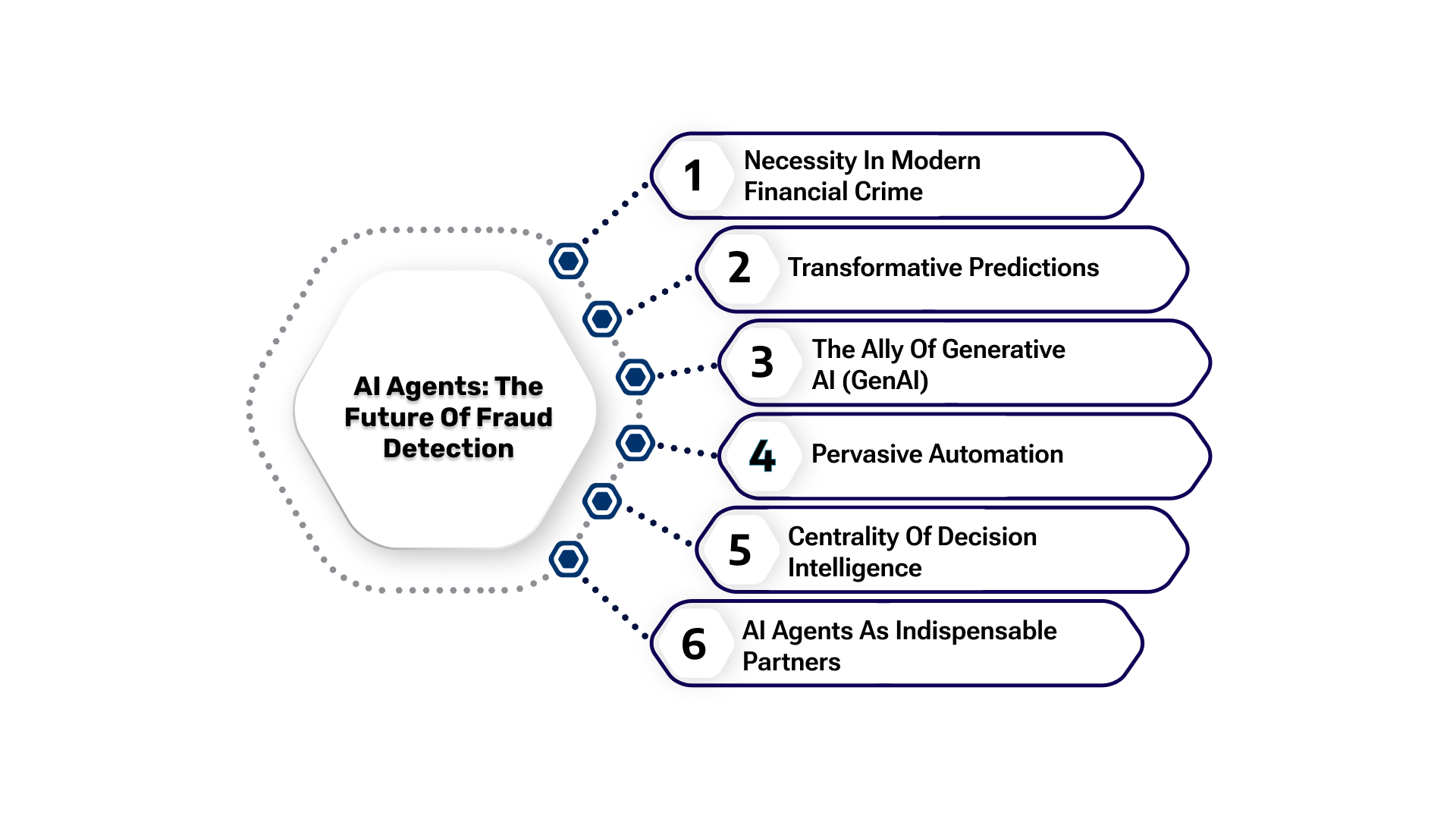For too long, many enterprises, especially in the US and Canada, have relied on traditional risk monitoring tools and legacy systems. These methods are increasingly reactive, slow, and simply outmatched by today's cunning digital fraudsters. They generate immense pain points: a flood of false alarms, critical detection delays, wasted resources, and the constant anxiety of being one step behind.

This definitive guide cuts through the noise, pitting the cutting-edge AI-powered fraud detection agent against conventional methods in the current 2025 climate. We'll explore why embracing the power of AI in Insurance software development services and beyond isn't just an upgrade, but a strategic imperative for managing fraud risk and securing your future.
Let’s Start!
What Is a Fraud Detection Agent? The Sentinel of the Digital Age
At its core, a fraud detection agent is your organization's tireless digital sentinel. It's not merely a piece of software; it's an intelligent entity powered by Artificial Intelligence (AI) and Machine Learning (ML), meticulously designed to learn, adapt, and predict unseen threats lurking in your transactional data.
Think of it as a highly sophisticated detective that doesn't just look for predefined clues but also learns from every case, constantly refining its understanding of criminal behavior. The magic happens behind the scenes as these agents ingest and process colossal volumes of data – from every transaction, every customer interaction, every login attempt, and every historical fraud event.
They then employ a sophisticated arsenal of machine learning techniques for fraud detection. This includes:

- Supervised Learning: Training on vast datasets of known fraudulent and legitimate transactions, teaching the agent what typical fraud looks like.
- Unsupervised Learning: Identifying unusual clusters or outliers in data, flagging anomalies that don't fit any known pattern – crucial for detecting novel fraud schemes.
- Reinforcement Learning: Enabling the agent to learn optimal strategies through trial and error, dynamically improving its detection capabilities over time.
These advanced algorithms equip the agent with unparalleled pattern recognition capabilities. It can discern intricate connections across seemingly unrelated data points, like a series of micro-transactions that, when combined, signal a larger, orchestrated attack. Or a subtle deviation in a customer's usual spending habits that points to an account compromise.
The transformative benefits are threefold: incredible speed, unparalleled adaptability, and precise real-time flagging. While human analysts might take hours or days to review suspicious activities, an AI agent can analyze millions of transactions per second, preventing financial losses before they even fully materialize. This real-time capability is a game-changer, fundamentally shifting your security posture from reactive to proactive.
An AI-powered fraud detection agent isn't just responding to threats; it's predicting and preventing them, making it a critical component of effective fraud detection methods.
What Is Traditional Risk Monitoring? The Legacy Approach
To truly appreciate the advancements of AI agents, it's essential to understand the foundation upon which much of financial security was built: traditional risk monitoring. These systems, still prevalent in many legacy banking and financial institutions, primarily rely on static, predefined rules and thresholds.
For instance, a common rule might automatically flag any transaction over $10,000, or any online purchase made from an IP address in a high-risk country. Human analysts painstakingly craft these rules based on historical patterns of fraud. While offering a necessary baseline of security, traditional risk monitoring systems are increasingly burdened by significant challenges in today's dynamic threat landscape.
One of the most critical drawbacks is delayed detection. Because they can only identify activities that explicitly violate pre-established rules, traditional systems are often blind to new, emergent fraud tactics. Fraudsters are constantly innovating, and by the time a new rule can be developed, tested, and implemented to counter their latest trick, substantial financial damage may have already occurred. This reactive nature means these systems are perpetually playing catch-up.
Compounding this issue is the rampant problem of false positives. Rigid rules, unable to understand context or subtle nuances, frequently trigger alerts for legitimate transactions. Imagine a customer making a large, but perfectly valid, purchase during a vacation. A traditional system might flag this, leading to inconvenient transaction blocks and frustrating delays for your customers, as well as an overwhelming volume of benign alerts for your fraud team to manually sift through. This directly impacts operational efficiency and customer satisfaction.
Furthermore, traditional systems suffer from limited adaptability. They are static. They don't learn from new data; they don't evolve with changing fraud patterns. Every new threat, every subtle shift in criminal behavior, necessitates a manual update to the rule set. This is a time-consuming, resource-intensive, and inherently inefficient process.
In the crucial domain of risk detection in finance, this lack of agility translates directly into vulnerabilities and potential losses. The question isn't whether traditional fraud detection methods are still effective at all, but rather, how effective they are in the face of modern, polymorphic threats.
Head-to-Head Comparison: AI Agent vs Traditional Monitoring – The Showdown
To truly grasp the transformative power of the AI agent compared to traditional risk monitoring systems, let's place them side by side and dissect their performance across key operational dimensions.
Fraud Detection Agent vs Traditional Risk Monitoring
| Feature | AI-Powered Fraud Detection Agent | Traditional Risk Monitoring |
| Speed | Real-time processing of millions of transactions per second. Identifies and acts on threats instantly. | Batch processing or near-real-time. Inherently reactive, often with noticeable delays. |
| Accuracy | High accuracy driven by adaptive learning; significantly fewer false positives. | Moderate accuracy; prone to high false positive rates due to rigid, context-agnostic rules. |
| Cost Efficiency | Higher initial investment in sophisticated technology; dramatically lower long-term operational costs due to automation and fewer manual reviews. | Lower initial setup cost; significantly higher long-term operational costs due to labor-intensive manual alert investigation. |
| Scalability | Highly scalable and flexible. Effortlessly handles escalating data volumes and the growing complexity of fraud. | Limited scalability. Struggles to cope with increasing transaction loads and new fraud types without substantial human and infrastructure additions. |
| Fraud Pattern Evolution | Dynamically adaptive. Learns and identifies emerging, novel fraud patterns automatically, staying ahead of new threats. | Static and reactive. Requires constant, manual updates to rules, always playing catch-up with evolving criminal tactics. |
| Data Analysis | Holistic, contextual analysis. Leverages behavioral, transactional, and contextual data for deep, predictive insights. | Rule-based and isolated. Analyzes specific data points based on predefined criteria; lacks contextual understanding. |
| Human Intervention | Minimizes manual review. Human oversight focuses on complex, high-value investigations and model refinement. | High reliance on manual review. Fraud teams are overwhelmed sifting through countless alerts. |
Summary Analysis: The Clear Victor in Modern Fraud Prevention
The comparison lays bare a stark reality: while traditional risk monitoring systems provided a necessary starting point, they are fundamentally outmatched by the agility, intelligence, and foresight of an AI agent.
- Speed and Accuracy: A Decisive Advantage: The ability of AI-powered fraud detection agents to process colossal datasets in milliseconds and adapt their models on the fly means a drastically smaller window for fraudsters. This leads to far fewer false positives, a critical benefit for both customer experience and operational efficiency. In contrast, the reactive nature of traditional systems often means detection occurs long after the damage is done, burdening teams with endless, usually irrelevant, alerts.
- Cost Efficiency and Scalability: A Long-Term Investment. While the initial AI agent software development costs might appear higher, the long-term cost savings are undeniable. Automation drastically reduces the need for large manual review teams, freeing up human capital for more strategic tasks. Traditional systems, despite a lower entry barrier, become exponentially more expensive to operate as transaction volumes grow and fraud tactics become more intricate, demanding more human intervention.
- Fraud Pattern Evolution: The Crucial Differentiator. This is perhaps where the debate between fraud detection and risk monitoring reaches its apex. Fraudsters are not static; they are innovative and relentless. An AI agent thrives on this dynamism, continuously learning and refining its models to identify previously unseen threats. Traditional systems, however, are constantly attempting to catch up, relying on humans to manually update rules for every new trick, making them inherently vulnerable.
In essence, an AI agent offers a future-proof, proactive defense that continually evolves in response to the ever-changing threat landscape. At the same time, traditional methods are increasingly relegated to a baseline or even a hindrance in the sophisticated world of 2025. The shift from "reactive fix" to "predictive prevention" is not just an efficiency gain; it's a strategic necessity.
While AI-powered fraud detection agents are undeniably superior in many aspects, the prevailing expert consensus is that they will not entirely replace traditional monitoring. Instead, they will form a powerful and indispensable synergistic partnership. Traditional, rule-based methods can still serve as a foundational layer or a fallback for simple, clearly defined violations. The human element, with its nuanced understanding, ethical judgment, ability to investigate complex, ambiguous cases, and adapt to truly unprecedented situations, remains critical.
AI agents significantly enhance human capabilities, acting as hyper-efficient assistants that filter out the noise, allowing human analysts to concentrate on high-priority, complex fraud investigations. The evolution of alert systems in fraud management will continue to integrate both AI-driven insights and human expertise that cannot be replaced. For organizations seeking the best fraud detection solution for enterprise, a hybrid, AI-first approach is the clear winner.
Benefits of Using Fraud Detection Agents in 2025: Beyond Prevention
Adopting fraud detection agents in 2025 isn't merely about stopping criminals; it's about fundamentally transforming your business operations, enhancing customer trust, and gaining a significant competitive edge. These benefits ripple across your entire organization.
- Firstly, the most direct and tangible impact is a significant reduction in fraud. By leveraging advanced machine learning for fraud detection and predictive fraud analytics, AI agents can identify and block fraudulent transactions with unprecedented precision and speed.
They can uncover complex, orchestrated schemes that would be invisible to traditional rule-based systems. This direct reduction in financial losses immediately strengthens your bottom line, safeguarding valuable capital and reducing the need for costly recovery efforts. Imagine protecting revenue that was previously considered an unavoidable loss – that's the power of AI.
Secondly, these agents are champions of operational efficiency. The notorious bane of traditional systems – the deluge of false positives – is drastically minimized. This liberates your highly skilled fraud analysts from the tedious, time-consuming task of sifting through thousands of benign alerts. Instead, they can focus their expertise on genuinely suspicious cases, conduct deeper investigations, and engage in strategic threat intelligence.
This leads to streamlined workflows, reduced labor costs, and a more engaged, less burnt-out fraud team. When you empower your team with automated fraud detection tools, you unlock new levels of productivity and efficiency.
Furthermore, the implementation of real-time monitoring and swift, accurate prevention significantly enhances customer trust. When legitimate transactions proceed seamlessly and securely, and fraudulent attempts are thwarted before they even impact your customers, it builds immense confidence in your brand. Customers today expect ironclad security without friction.
A system that can intelligently differentiate between legitimate activity and fraud, preventing unauthorized access or transactions without inconveniencing legitimate customers, is invaluable. This enhanced trust fosters loyalty and a positive brand reputation, which is gold in the competitive US and Canada markets.
Recent technological advancements further amplify the need for these agents. The rise of sophisticated GenAI scams, for example, is a testament to the evolving threat landscape.
Generative AI can craft compelling phishing emails, deepfake voice scams, and synthetic identities, rendering traditional detection methods increasingly obsolete. AI agents, with their ability to analyze vast data for subtle behavioral anomalies and contextual cues, are far better equipped to counter these hyper-realistic threats.
Similarly, the integration of behavioral analytics enables AI agents to create detailed profiles of normal user behavior, instantly flagging deviations that may indicate account takeover or other illicit activities.
This capability represents adaptive fraud detection at its finest, facilitating knowledgeable risk assessment across your entire ecosystem.
Limitations and Challenges of AI Agents: A Balanced Perspective
While the benefits of AI-powered fraud detection are compelling, a responsible and expert perspective demands acknowledging their inherent limitations and the significant challenges associated with their deployment and management
A transparent and balanced narrative not only builds trust (adhering to EEAT principles) but also guides effective implementation strategies.
One of the most critical challenges lies in the potential for bias in data. AI models, by definition, are reflections of the data on which they are trained. If historical data contains embedded human biases – perhaps disproportionately flagging certain demographic groups or transaction types as suspicious due to past investigative patterns – the AI agent can inadvertently learn and perpetuate these biases.
This can lead to unfair treatment of legitimate customers, higher false favorable rates for specific segments, or even dangerous "false negatives" where fraud targeting certain groups goes undetected. Mitigating this requires rigorous data auditing, de-biasing techniques, and continuous monitoring, which can be complex and demanding.
Another significant hurdle is the extensive training requirements for these sophisticated models. AI agents, particularly those utilizing deep learning, require substantial volumes of high-quality, accurately labeled data to achieve optimal performance.
This data must be constantly refreshed and curated to reflect the ever-changing fraud landscape and evolving customer behaviors. Acquiring, cleaning, structuring, and labeling such datasets can be incredibly resource-intensive, particularly for organizations with fragmented legacy systems or compliance hurdles. Without adequate, representative training data, even the most advanced algorithms can be ineffective or generate unreliable results.
The concern of false negatives also persists. While AI agents drastically reduce false positives, they are not infallible. A false negative occurs when a genuinely fraudulent transaction or activity slips past the system undetected. This can happen if fraudsters devise entirely novel methods that the AI model hasn't been exposed to, or if the model's parameters are too lenient.
The financial and reputational implications of a false negative, especially a large-scale one, can be severe, underscoring the need for continuous model retraining and human oversight.
Finally, compliance considerations are paramount and complex. The deployment of AI in sensitive areas, such as fraud detection, raises critical ethical and regulatory questions. Data privacy regulations (such as GDPR, CCPA, and Canada's PIPEDA) dictate how personal data can be collected and used. Algorithmic transparency and explainability are increasingly demanded, meaning organizations must be able to justify why an AI model made a particular decision, rather than operating as an opaque "black box."
Ensuring non-discrimination and maintaining auditability requires robust governance frameworks and ongoing legal review to ensure compliance. Navigating these challenges effectively is crucial for maximizing the benefits of AI fraud detection while ensuring that operations are both ethical and compliant with the law.
Use Cases and Industry Examples: Real-World Impact
Here are five compelling industry examples showcasing the real-world impact of AI-powered fraud detection agents compared to traditional risk monitoring in 2025, based on the latest trends and case studies.
1. Banking & Financial Services: JPMorgan Chase’s AI-Driven Fraud Prevention
Traditional Limitations: Older systems generated high false positives (e.g., flagging legitimate large withdrawals) due to rigid rules, frustrating customers.
AI Agent Impact: JPMorgan integrated Large Language Models (LLMs) to analyze transaction patterns in real time, reducing fraud losses by 40% and improving detection speed. The AI system adapts to new fraud tactics, such as synthetic identity scams, while legacy rules-based systems struggle to keep pace.
2. E-Commerce: Amazon’s Multi-Layered AI Defense
Traditional Limitations: Rule-based systems failed to detect evolving tactics, such as "return fraud" or coordinated bot attacks.
AI Agent Impact: Amazon utilizes AI agents for behavioral fingerprinting, clustering subtle signals (e.g., mouse movements, session lengths) to detect fraudsters, even with new accounts or IP addresses. Their AI-powered recommendation engine also prevents promo code abuse, driving 35% of total revenue.
3. Healthcare: AI-Powered Medical Billing Fraud Detection
Traditional Limitations: Manual audits were slow and prone to human error, delaying revenue cycles.
AI Agent Impact: Autonomous AI agents analyze clinical documents in real time to assign accurate medical codes, reducing billing errors by 30% and accelerating reimbursements. Continuous learning enhances precision beyond static rules.
4. Telecommunications: Elisa’s Chatbot "Annika" for Fraud Prevention
Traditional Limitations: Call-center-based fraud reporting was often reactive, allowing scams to escalate.
AI Agent Impact: Finnish telecom company Elisa deployed an AI chatbot feature that autonomously handles 560,000 customer queries, flagging phishing attempts through language analysis. It reduced fraud-related customer service calls by 25%.
5. Payments & FinTech: Stripe’s Radar for Real-Time Fraud Blocking
Traditional Limitations: Legacy systems struggled with cross-border payment fraud due to siloed data.
AI Agent Impact: Stripe’s AI tool, Radar, processes billions of data points to detect card testing attacks with 80% accuracy, adapting to new fraud patterns without manual rule updates.
Key Takeaways
AI Agents excel in real-time adaptation, behavioral analysis, and scaling (e.g., JPMorgan’s LLMs, Stripe’s Radar). Traditional Systems remain limited by static rules, high false positives, and inability to detect novel threats (e.g., Amazon’s old fraud filters).
Future Outlook: Why AI Agents Are the Undisputed Future of Fraud Detection
As we project into 2026 and the years beyond, the trajectory of financial security is undeniably set: AI agents are the future of fraud detection. The future of economic security hinges on the undeniable rise of AI agents in fraud detection. Such as:-

Necessity in Modern Financial Crime:
The escalating scale, velocity, and malevolent nature of contemporary financial crime demand a defense mechanism that is equally dynamic, intelligent, and predictive. Relying solely on reactive, human-intensive methods is simply unsustainable in an era where cybercriminals are actively employing their advanced technologies to perpetrate fraud.
Transformative Predictions:
By 2025 and beyond, we anticipate a complete transformation of the fraud prevention landscape, with AI agents becoming even more autonomous. They will be capable of deep self-learning and adapting to unprecedented threats with minimal human intervention, analyzing larger, more diverse, and unstructured datasets to achieve nuanced and precise detection. This shift is toward a system that not only detects but also truly understands the context of suspicious activities.
The Ally of Generative AI (GenAI):
While fraudsters can weaponize generative AI to create highly convincing scams, it will simultaneously emerge as a critical asset for defenders. Imagine GenAI being used to synthesize realistic and diverse fraud scenarios, allowing AI detection models to be rigorously trained against an endless array of potential attacks, thereby making them supremely robust. Furthermore, GenAI can aid in processing and understanding unstructured data, such as suspicious communications, social media patterns, or deepfake audio, uncovering hidden fraud signals and forging a more intelligent and impenetrable defense.
Pervasive Automation:
We will witness an even greater push towards pervasive automation in fraud detection, with routine tasks like initial alert triage, data aggregation, cross-referencing, and even some aspects of initial investigation being fully automated. This crucial automation frees up invaluable human capital, enabling expert fraud teams to focus their efforts on the most complex and high-stakes investigations, where they can leverage their unique human judgment and intuition.
Centrality of Decision Intelligence:
The concept of decision intelligence will become central to these future systems, where AI agents will transcend merely flagging suspicious activity. They will provide actionable insights, recommending optimal response strategies or even autonomously executing appropriate actions, such as instantly blocking high-risk transactions, demanding multi-factor authentication for unusual logins, or initiating automated, contextual communications with customers for verification purposes. This level of integrated intelligence will enable organizations to respond to threats with unprecedented speed and surgical precision.
AI Agents as Indispensable Partners:
In essence, the future of fraud detection is one where AI agents are not merely tools but indispensable, self-improving partners in the relentless battle against financial crime. They will stand as the vanguard of proactive defense, continuously learning, adapting, and innovating to stay not just abreast, but significantly ahead of the curve. This ensures the security and integrity of financial ecosystems across the US, Canada, and globally, marking the dawn of a new era in AI-powered fraud prevention. 
Choose VLink Expertise for Risk Monitoring
In a world where fraud risks are constantly evolving, relying on outdated methods is no longer a viable strategy. You need a partner who understands the complexities of modern fraud and possesses the technical prowess to implement cutting-edge solutions tailored to your unique challenges.
This is where VLink's expertise becomes your competitive advantage.
At VLink, we specialize in delivering bespoke customized software development that empowers businesses like yours to move beyond reactive security to proactive, intelligent fraud prevention. Our team of seasoned AI and ML engineers excels in developing robust AI Agent software development solutions, precisely the kind of advanced fraud detection agents we’ve discussed throughout this guide.
Our dedicated team doesn't offer one-size-fits-all packages; instead, we craft solutions that integrate seamlessly with your existing infrastructure, address your specific pain points, and scale with your growth. Partner with VLink to transform your fraud detection vs risk monitoring strategy from a challenge into an opportunity for growth and unparalleled security.
Final Verdict: Which Is More Effective in 2025?
In the rapidly evolving and increasingly sophisticated landscape of financial crime in 2025, the verdict is not just clear, it's definitive: AI-powered fraud detection agents are overwhelmingly more effective, efficient, and future-proof than traditional risk monitoring methods. While traditional systems provided a necessary baseline in a bygone era, their static, reactive, and rule-bound nature renders them critically inadequate against today's dynamic, polymorphic fraud tactics.
The unparalleled speed, accuracy, and inherent adaptability of AI agents, powered by advanced machine learning and sophisticated predictive fraud analytics, enable them to detect and prevent complex fraud in real-time. They are uniquely equipped to handle the immense, ever-growing volume and velocity of transactional data, and crucially, to identify emergent fraud patterns that traditional systems simply cannot recognize without constant, resource-draining manual intervention.
For any modern enterprise, especially those operating in high-volume, high-risk sectors such as banking, fintech, e-commerce, and insurance across the US and Canadian markets, embracing fraud detection agents is no longer a luxury; it is a strategic imperative. They represent not just an upgrade but a paradigm shift towards proactive, intelligent security that evolves with the threat landscape, ensuring your organization remains resilient and competitive. This is the intelligent future of fraud prevention.
Ready to fortify your financial security with cutting-edge AI? Contact us now and discover how our Customized Software Development solutions, including specialized AI Agent Software Development, can revolutionize your fraud prevention strategy.









 Shivisha Patel
Shivisha Patel

















